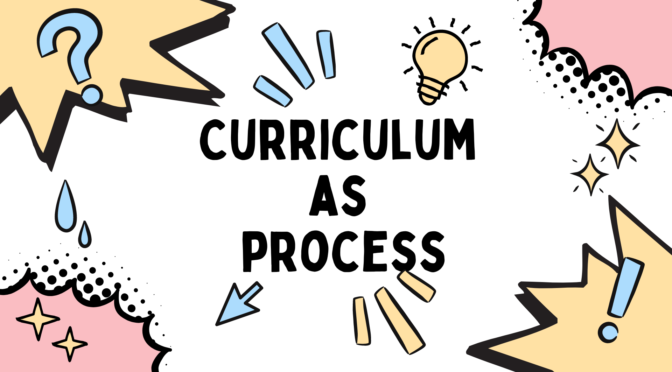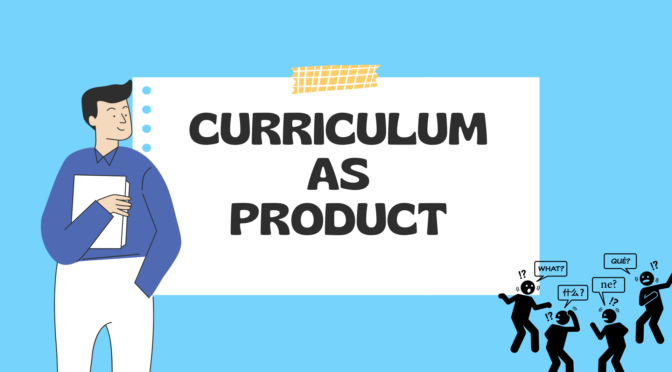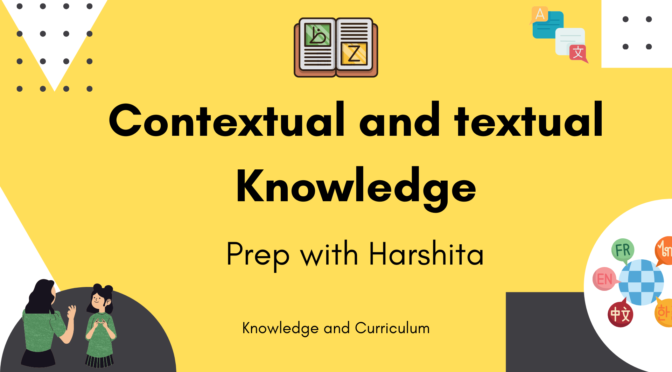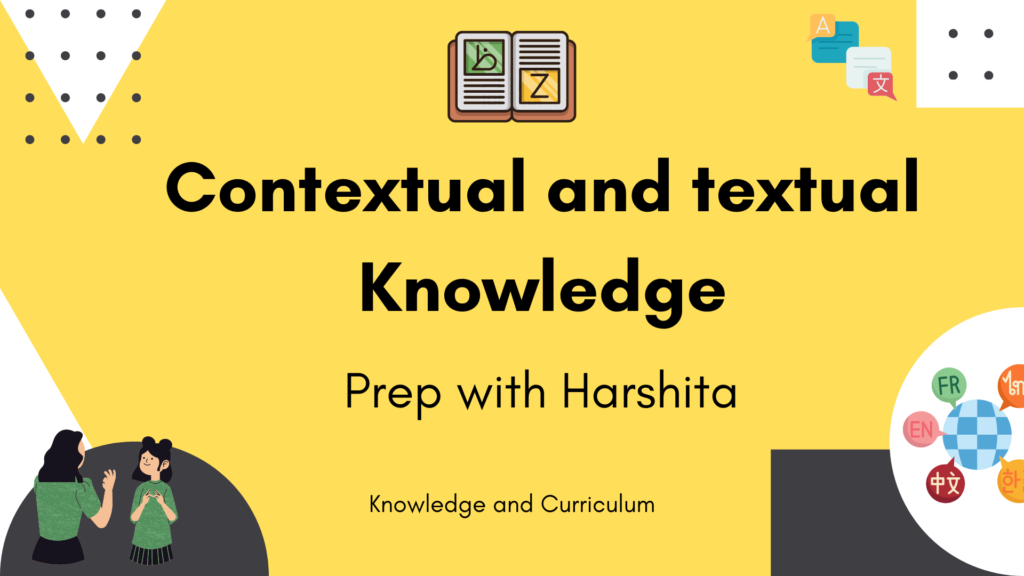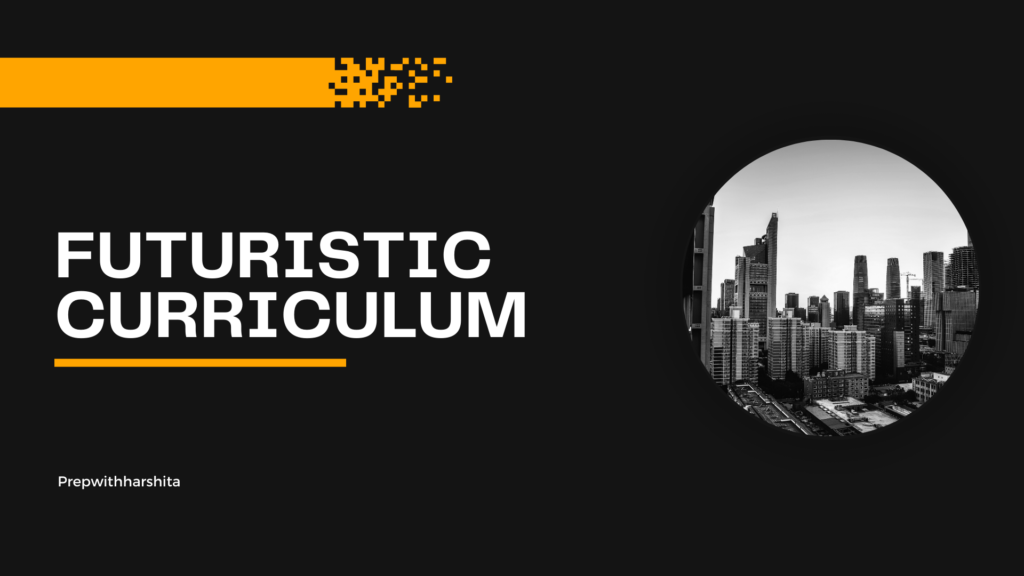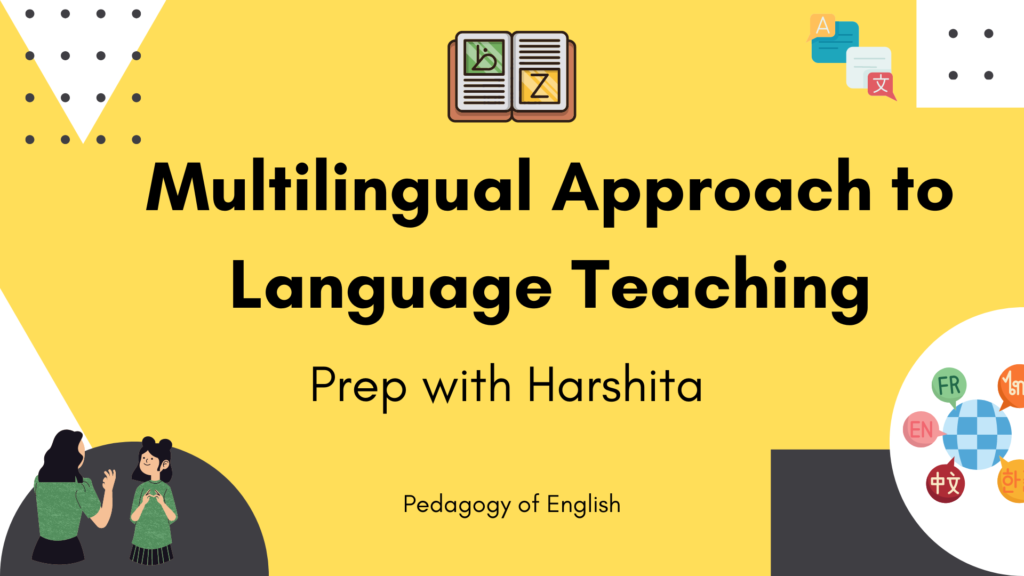The curriculum as process perspective views the curriculum as a dynamic and ongoing process of learning that is co-created by teachers and students and keeps on changing. This approach emphasizes the importance of considering the individual needs, interests, and experiences of students, and adapting the curriculum to meet their unique learning needs.
Some of the key features of the curriculum from a process perspective include:
- Flexibility: The curriculum as a process approach is designed to be flexible and adaptable to the needs and interests of students. This allows teachers to modify the curriculum to the individual needs of their students and to incorporate their ideas and thoughts.
- Collaborative learning: Curriculum as a process involves collaborative learning, where teachers and students work together to develop and shape the curriculum. This approach focuses on the importance of students taking an active role in their own learning and working collaboratively with their peers.
- Inquiry-based learning: The approach encourages inquiry-based learning, where students are encouraged to ask questions, explore their interests, and engage in critical thinking. This approach focuses on the importance of developing students’ higher-order thinking skills and creativity.
- Reflection: It involves reflection, where students and teachers reflect on their learning and the curriculum as a whole. This approach encourages students to be self-aware and to take ownership of their learning, while also providing opportunities for teachers to evaluate the effectiveness of the curriculum.
- Continuous improvement: The approach focuses on the importance of continuous improvement, where teachers and students work together to identify areas of strength and weakness in the curriculum and make changes as needed to improve the learning experience.
This approach values flexibility, collaboration, inquiry-based learning, reflection, and continuous improvement, and encourages teachers to adapt the curriculum to the changing needs and interests of their students.
Also Read : Tyler Model
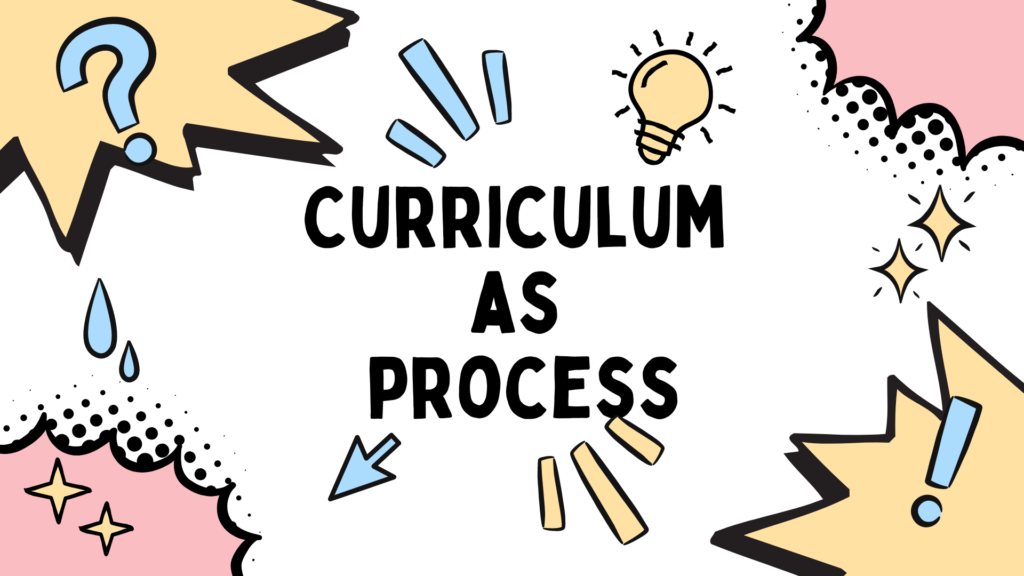
Also Visit : Prep with Harshita

